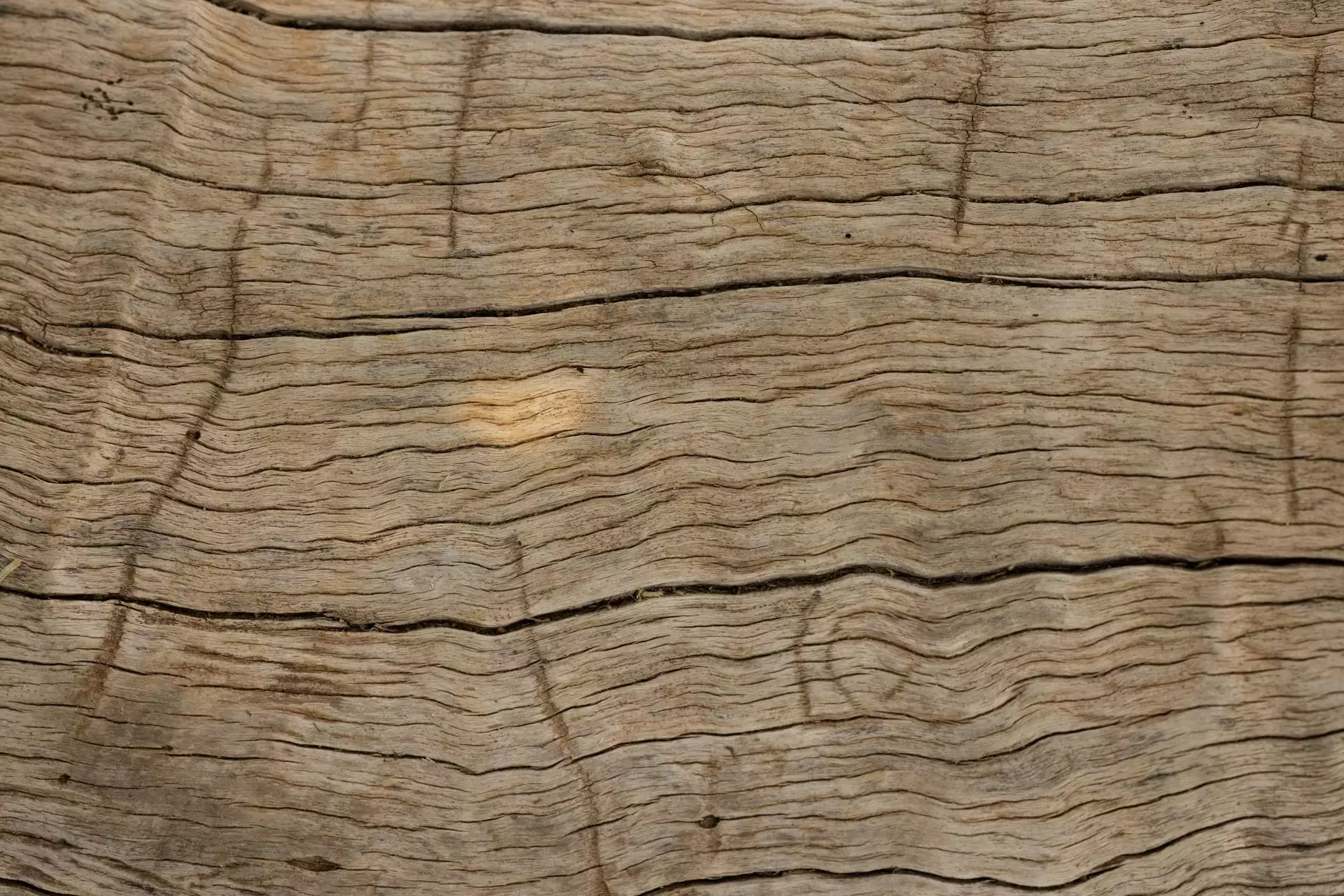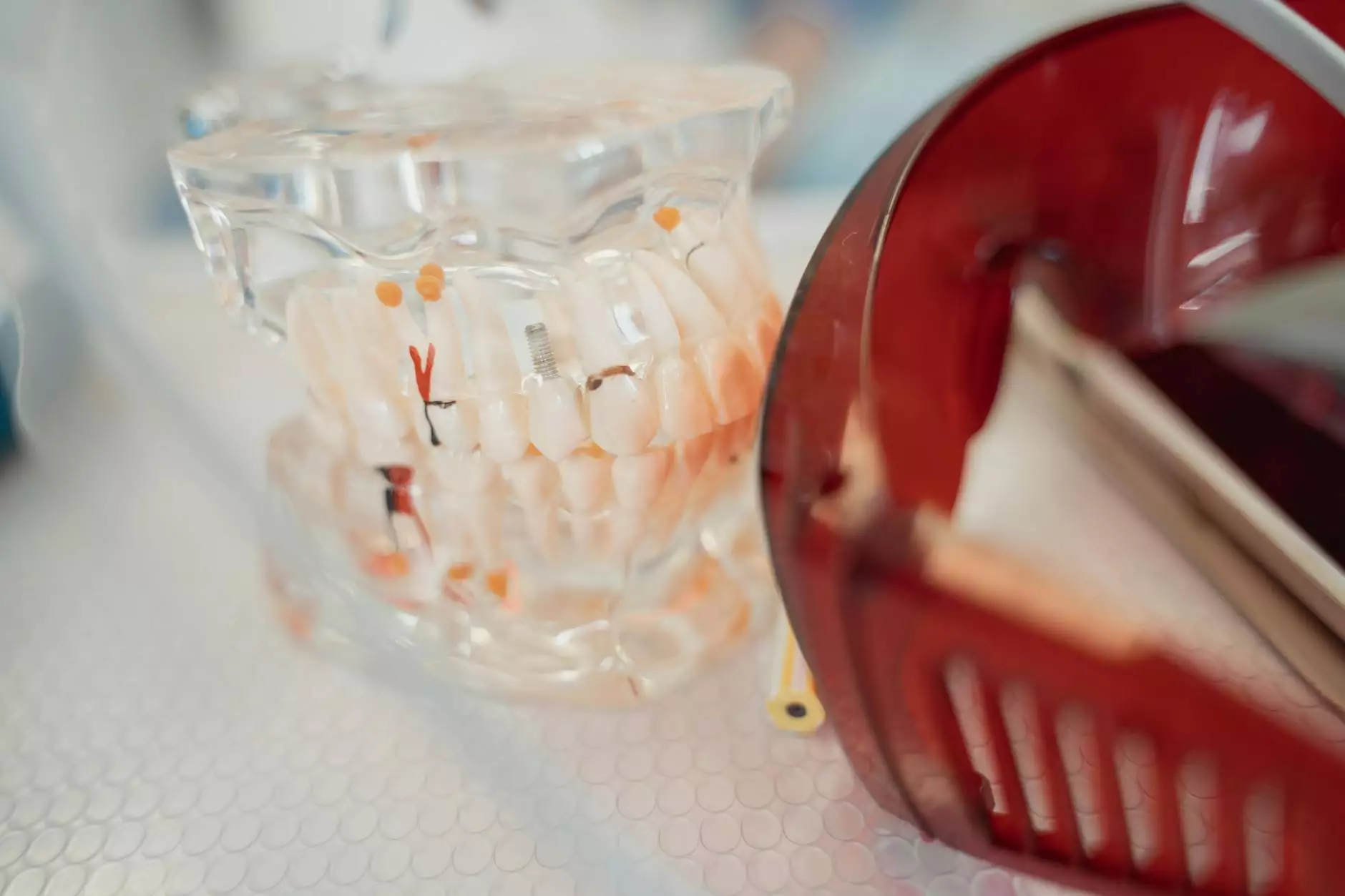Tendinosis vs Tendinitis: Understanding, Differences, and Treatment

The terms *tendinosis* and *tendinitis* are often used interchangeably by many, yet they refer to distinct conditions that affect the tendons, leading to confusion. Understanding the differences between these two conditions is essential for accurate diagnosis and effective treatment. In this comprehensive guide, we will dive deep into tendinosis vs tendinitis, exploring their definitions, symptoms, causes, diagnosis, and treatment options available.
What is Tendinosis?
Tendinosis is a chronic condition characterized by the degeneration of the collagen fibers in a tendon caused by overuse, aging, or a lack of appropriate healing time following an injury. Unlike tendinitis, which is associated with inflammation, tendinosis involves a non-inflammatory degeneration of the tendon tissue. This means that while the tendon may feel painful, there is usually little to no inflammation present.
Symptoms of Tendinosis
Common symptoms of tendinosis include:
- Chronic pain: A persistent pain in the affected tendon, often worsening with activity.
- Stiffness: The affected tendon may feel stiff, especially in the morning or after periods of inactivity.
- Swelling or thickening: Some individuals may notice swelling or thickening of the tendon.
- Difficulty in movement: Reduced range of motion in the surrounding joints can occur due to pain or stiffness.
What is Tendinitis?
Tendinitis is an acute condition marked by inflammation of the tendon. This condition usually develops as a result of repetitive actions or strain on the tendon. Unlike tendinosis, which is a chronic state of degeneration, tendinitis involves a more immediate inflammatory response. It can be rapidly addressed with appropriate interventions.
Symptoms of Tendinitis
The symptoms of tendinitis often include:
- Localized pain: Pain is often sharp and located directly over the affected tendon.
- Swelling: There may be noticeable swelling in the area surrounding the tendon.
- Heat: The area may feel warm to the touch due to inflammation.
- Restricted movement: Pain or discomfort may limit the movement of associated joints.
Key Differences Between Tendinosis and Tendinitis
Understanding the differences between *tendinosis vs tendinitis* is crucial for both patients and healthcare providers. Here are the key distinctions:
FeatureTendinosisTendinitisNature of ConditionChronic degenerationAcute inflammationCausesOveruse, aging, poor healingRepetitive strain, sudden injurySymptomsChronic pain, stiffness, minimal inflammationSharp pain, swelling, warmthDiagnosisImaging typically needed (e.g., ultrasound, MRI)Clinical examination may sufficeTreatment ApproachPhysical therapy, gradual return to activityRest, ice, anti-inflammatory medicationsCauses of Tendinosis and Tendinitis
Causes of Tendinosis
Tendinosis is primarily caused by:
- Repetitive stress: Repeated motion over time can lead to micro-tears in the tendon, leading to degeneration.
- Aging: As individuals age, tendons lose elasticity and strength, making them more susceptible to degeneration.
- Lack of healing time: Returning to activity too soon after an acute injury can prevent proper healing, leading to tendinosis.
Causes of Tendinitis
The development of tendinitis may be attributed to:
- Acute injury: A sudden trauma or injury can trigger an inflammatory response in the tendon.
- Repetitive motions: Activities involving repetitive overhead movements (e.g., tennis, swimming) can provoke tendinitis.
- Poor ergonomics: Awkward postures or improper equipment can lead to excessive strain on tendons.
Diagnosis of Tendinosis and Tendinitis
Diagnosing Tendinosis
To diagnose tendinosis, healthcare providers typically employ:
- Physical examination: Assessing pain, stiffness, and the range of motion of the affected area.
- Imaging tests: Ultrasounds or MRIs may be used to visualize tendon damage and degeneration.
Diagnosing Tendinitis
Diagnosis of tendinitis generally involves:
- Clinical assessment: Evaluating pain points, swelling, and motion limitations.
- Medical history: Discussing previous activities that may have contributed to the condition.
Treatment Options for Tendinosis and Tendinitis
Treatment for Tendinosis
Effective treatment options for tendinosis may include:
- Physical therapy: Tailored exercises aimed at strengthening the surrounding muscles and improving flexibility can be highly beneficial.
- Gradual return to activities: Carefully controlled increases in activity levels can help prevent re-aggravating the condition.
- Extracorporeal shockwave therapy: This non-invasive technique may promote healing and reduce pain.
Treatment for Tendinitis
Treatment strategies for tendinitis often consist of:
- Rest and ice therapy: Taking a break from activities and applying ice can significantly reduce inflammation and pain.
- Non-steroidal anti-inflammatory drugs (NSAIDs): Medications like ibuprofen can help decrease pain and swelling.
- Physical therapy: Strengthening and stretching activities can assist in recovery and prevent future issues.
Prevention Strategies for Tendinosis and Tendinitis
Both *tendinosis* and *tendinitis* can often be prevented through proactive measures, including:
- Proper warm-up: Engaging in a thorough warm-up routine before physical activities can prepare the muscles and tendons for exertion.
- Strength training: Building strength in surrounding muscles can support and protect tendons during activities.
- Ergonomic adjustments: Ensuring that workspaces are designed to minimize strain can help reduce the risk of injury.
- Listening to your body: Being mindful of pain and discomfort and taking appropriate breaks can prevent overuse injuries.
Conclusion
In summary, understanding the differences between *tendinosis vs tendinitis* is crucial for anyone engaged in physical activities or experiencing tendon pain. Recognizing the unique characteristics of each condition allows for more accurate diagnosis and effective management strategies. With the right treatment and preventive measures, both conditions can be managed successfully, promoting a healthy and active lifestyle.
For those seeking more information on health and medical conditions, or looking for assistance from a qualified chiropractor, visit IAOM-US.com. Empower yourself with knowledge and take charge of your tendon health today!









